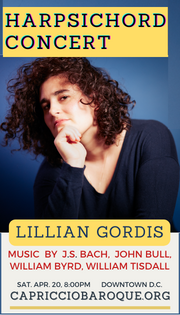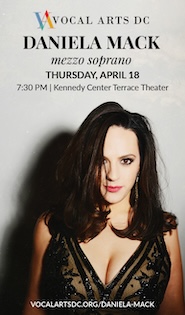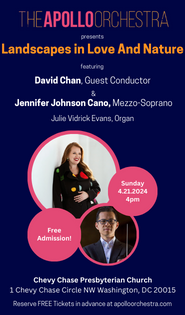Wigglesworth a fine NSO sub, leading a gracious Brahms Second
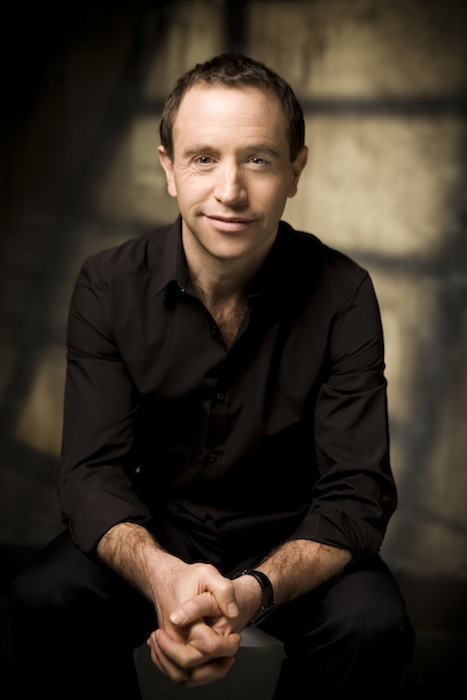
Mark Wigglesworth conducted the National Symphony Orchestra Thursday night. Photo: Ben Ealovega
Two weeks ago the National Symphony Orchestra announced that Jaap Van Zweden, incoming music director of the New York Philharmonic, had to cancel this week’s guest conducting appearance. English conductor Mark Wigglesworth took over the concerts, without any change to the program. The first performance on Thursday night had much to recommend it.
Wigglesworth has a lot of time on his hands these days, having suddenly stepped down as music director of English National Opera at the end of last season. The conductor was quoted as saying that the struggling company, mired in a cloud of controversy, “is evolving now into something I do not recognize.”
Returning to the NSO podium for the first time in 15 years, he stepped easily into the opening work, Shostakovich’s Violin Concerto No. 1, helping the orchestra sculpt a mostly understated accompaniment scaled to the soloist, Simone Lamsma.
As Shostakovich was composing the work in 1948, the Soviet Central Committee condemned Shostakovich for “formalistic distortions and antidemocratic tendencies in music that are alien to the Soviet people and its artistic tastes,” as quoted by scholar Laurel Fay. Shostakovich was forced to humble himself and apologize publicly. The concerto remained in the composer’s desk drawer until after Stalin’s death.
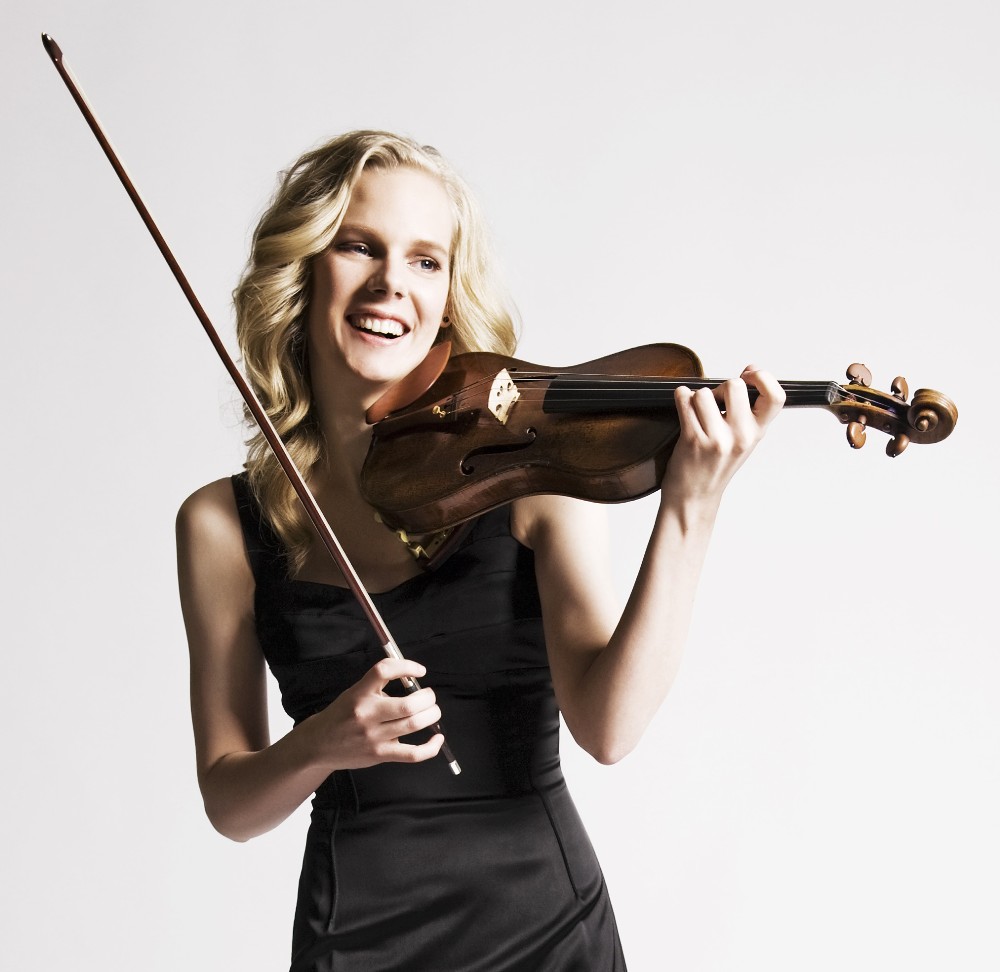
Simone Lamsma
Lamsma, a favorite of Jaap Van Zweden, made an NSO debut remarkable for its subtlety and intricacy. In the somber opening of the first movement, the Dutch violinist played with a subdued, clear tone, keeping the vibrato to a minimum. As the dynamic broadened, she tended to increase the intensity of vibrato, leading to some skewing of intonation, especially in double-stops. She never achieved the searing intensity needed to pull off this extended slow movement, last heard in an unforgettable rendition by Nadja Salerno-Sonnenberg in 2012.
In the demanding Scherzo of the second movement, Lamsma was impressive in the detailed finger work, but again without projecting fully into the room at important loud parts, as on the composer’s name motif. It became clear how much the orchestra was holding back when it burst out in the first loud tutti section. The murky opening of the Passacaglia movement, with its growling low woodwinds, provided another soft highlight for Lamsma, who also excelled in an introspective, restrained performance of the cadenza.
The finale was unsettled, with Wigglesworth often having to negotiate between Lamsma’s tendency to rush the tempo and the orchestra’s more steady pace. The technical achievement was admirable, but Lamsma’s approach was too bland for this bold, often angry work.
Lamsma’s reserved approach continued in a strangely sunny encore, the Largo from Bach’s Violin Sonata No. 3.
Wigglesworth did much more with the Second Symphony of Brahms, conducting without a score. The tempo of the first movement was utterly unhurried, a leisurely, pastoral reading of this happiest of the Brahms symphonies, composed during a blissful summer vacation in 1877. The musicians took a restrained approach to the dynamic markings, too, the balanced sound of the orchestra creating a graceful, lilting quality, with especially fine horn solos.
The slow movement seethed inside, again set at a genial pace by Wigglesworth, with the outward air of calm making the later outbursts burn more by contrast. The third movement, again at a gracious walking tempo, had seamless transitions between tempos, with pleasing oboe solos punctuated by restless trio sections. The finale began extremely soft in character, creeping up on the listener with its infectious spirit of light-hearted joy. It was enough to set one dreaming of summer vacation.
The program will be repeated 8 p.m. Saturday. kennedy-center.org; 202-467-4600.
